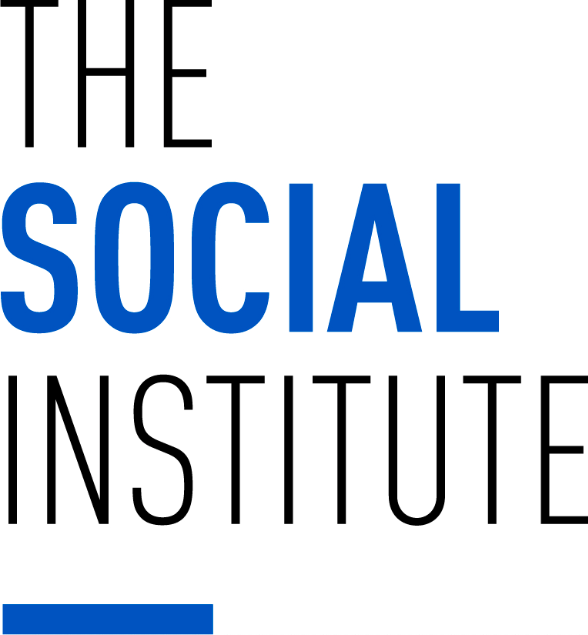PARAMUS, N.J./PRNewswire/ — Savvas Learning Company, a next-generation K-12 learning solutions leader, is excited to announce that it has been named to the 2024 edition of the GSV 150, an annual list of the top 150 private companies transforming digital learning and workforce skills. This is the second year in a row that Savvas has been named to the GSV 150.
“At Savvas, we are committed to developing innovative learning solutions that are powered by the most advanced technology to help educators meet the needs of all students,” said Bethlam Forsa, CEO of Savvas Learning Company. “Savvas is honored to be recognized among the exceptional companies on the GSV 150 who are champions of educational technology — including new AI-enabled systems — to make for a richer, more personalized teaching and learning experience for all.”
GSV is a global community and investment platform singularly focused on elevating the scope and scale of innovation in the $7 trillion education and workforce sector. It estimates that together these 150 companies reach roughly 3 billion people — almost half of the global population — and generate approximately $23 billion in revenue.
Savvas was chosen from more than 2,000+ global companies revolutionizing the world of education technology, from Pre-K-12 to workforce learning. GSV Ventures evaluated these companies on five criteria — revenue scale, revenue growth, active learner reach, international reach, and margin profile — to determine the global GSV 150 list.
With an innovation mindset and a focus on technology to personalize instruction at scale, Savvas empowers educators and engages students with high-quality, interactive PreK-12 learning solutions. It recently acquired Outlier.org and its portfolio of online, asynchronous college-level courses that combine cinematic videos and charismatic professors, enabling high school students to earn dual credit while never having to leave their school building. The acquisition will allow Savvas to offer an immersive, engaging college learning experience to millions of high school students and increase educational equity, access, and opportunity.
In 2023, Savvas acquired Whooo’s Reading and its cutting-edge AI-driven technology, which Savvas is thoughtfully integrating into its digital ecosystem of innovative learning solutions. Savvas believes that AI’s game-changing capabilities have the potential to take personalized learning to new heights while providing teachers time-saving tools to make their jobs easier, enabling them to spend more time interacting with students.
“The world is adapting to seismic shifts from generative AI,” said Luben Pampoulov, partner at GSV Ventures. “AI co-pilots, AI tutors, AI content generators — AI is ubiquitous, and differentiation is increasingly critical. The GSV 150 is an impressive group of edtech companies that are leveraging AI and driving positive outcomes for learners and society.”
Visit GSV 150 for the full list of 2024 winners.
In addition to Savvas being selected for inclusion on the GSV 150 list, Forsa has also been chosen to speak at the ASU+GSV Summit 2024 in San Diego, in panel discussions focusing on the AI Revolution in Digital Education as well as K-12 schools and content.
ABOUT SAVVAS LEARNING COMPANY
At Savvas, we believe learning should inspire. By combining new ideas, new ways of thinking, and new ways of interacting, we design engaging, next-generation K-12 learning solutions that give all students the best opportunity to succeed. Our award-winning, high-quality instructional materials span every grade level and discipline, from evidence-based, standards-aligned core curricula to supplemental and intervention programs to state-of-the art assessment tools — all designed to meet the needs of every learner. Savvas products are used by millions of students and educators in more than 90 percent of the 13,000+ public school districts across all 50 states, the District of Columbia and Puerto Rico, as well as globally in more than 125 countries. To learn more, visit Savvas Learning Company. Savvas Learning Company’s products are also available for sale in Canada through its subsidiary, Rubicon.…Read More

